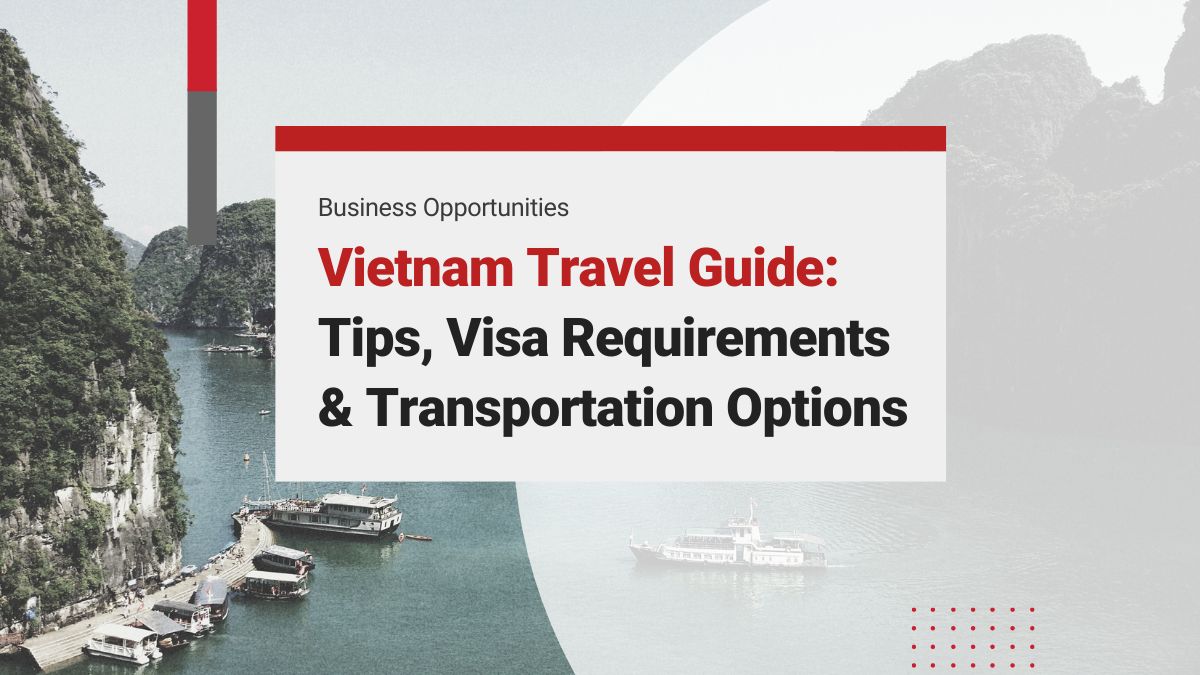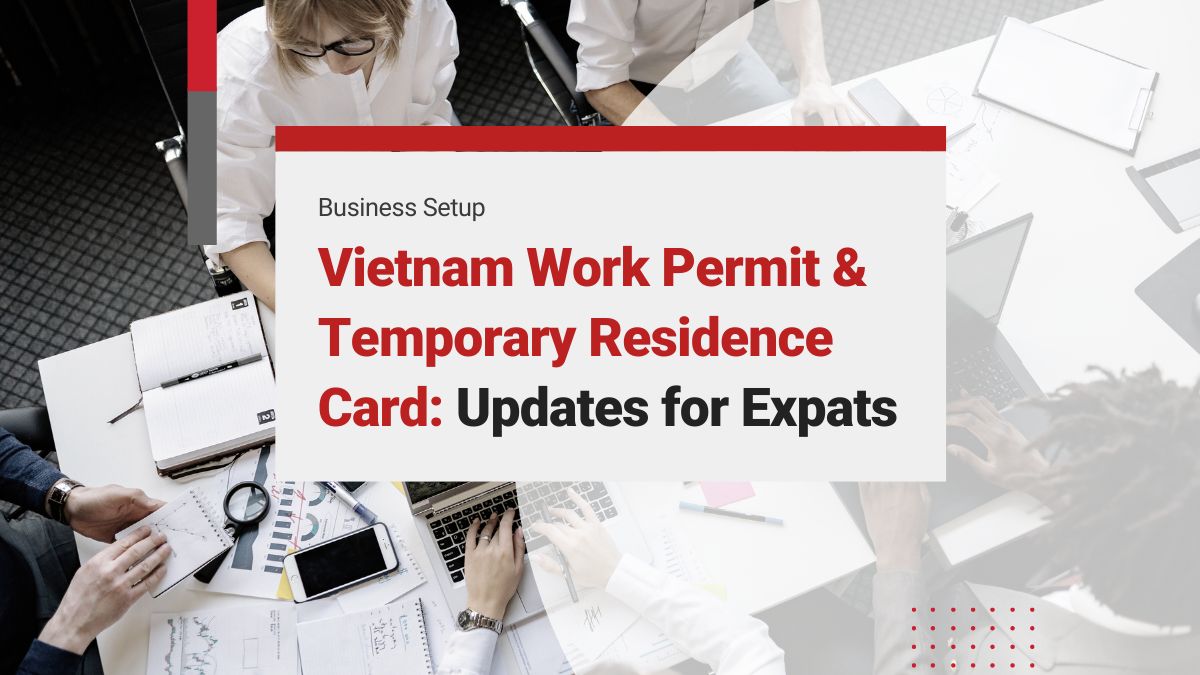Scaling down a business does not always signal distress or failure. In Vietnam’s dynamic and evolving economic landscape, strategic downsizing has become a tactical decision many companies make to stay lean, competitive, and future-ready. Whether driven by market conditions, operational shifts, or digital transformation, workforce restructuring enables companies to realign resources, reduce costs, and enhance long-term sustainability.
Understanding how to downsize responsibly and efficiently is crucial for maintaining employee morale, preserving brand reputation, and ensuring legal compliance. This guide explores the core strategies, legal frameworks, and best practices for restructuring your workforce in Vietnam.
Need Help Downsizing Your Business? Check Out InCorp Vietnam’s Services!
Why Businesses Are Scaling Down in Vietnam?
Vietnam’s economy, while resilient, is not immune to global economic shocks and local market volatility. Inflation, changing trade relationships, and currency fluctuations can all pressure profit margins, prompting companies to reduce operational costs—including payroll.
The rise of automation and digital transformation has rendered some roles obsolete. As companies in Vietnam adopt enterprise software, AI tools, and cloud-based systems, there is a reduced need for certain administrative or manual tasks, leading to restructuring of job roles.
Businesses often need to pivot in response to new opportunities or competitive threats. For example, moving from brick-and-mortar to e-commerce operations or focusing more on service-based revenue might require a reconfiguration of the workforce to match the new model.
Read Related: Vietnam’s Workforce: High Demand Skills and Advice for Business in 2025
Understanding Workforce Restructuring
Scaling down in Vietnam often involves one or more workforce-related strategies:
- Downsizing typically refers to a reduction in workforce size to cut costs.
- Rightsizing is a more strategic process of adjusting the workforce to better fit current or future business needs.
- Restructuring is broader, involving organizational redesign that may include department mergers, process automation, or role redefinition.
The overarching goal is to optimize human resources to improve efficiency and reduce redundancies. This enables organizations to stay competitive without compromising operational quality. A well-executed restructuring process also helps refocus the business on strategic priorities with a more agile and capable workforce.
Legal Framework of Scaling Down by Workforce Restructuring in Vietnam
Vietnam’s Labor Code 2019 establishes the legal basis for workforce restructuring, including provisions on job loss, contract termination, and retrenchment. These laws emphasize principles such as just cause, transparency, and equal treatment during the downsizing process. Employers must adhere strictly to these rules to ensure legal compliance and minimize disruption.
Under the law, employees affected by downsizing are typically entitled to at least 30 days’ notice for indefinite-term contracts, along with severance pay equal to half a month’s salary for each year of service. In cases involving organizational restructuring, companies must also provide job-loss allowances and use objective criteria for staff selection. Additionally, employers must notify local labor authorities and, if applicable, employee unions about major staff reductions. These steps help safeguard workers’ rights and avoid legal complications.
Read Related: HR Recruitment in Vietnam: Strategies, Challenges, and Opportunities in 2025
5 Steps to Developing a Workforce Restructuring Plan in Vietnam
Step 1: Assess Organizational Needs and Role Relevance
Begin by evaluating current roles to determine which are essential, redundant, or adaptable. Use data such as performance metrics, business forecasts, and strategic priorities to align your workforce with future goals.
Step 2: Define Clear Selection Criteria
Establish transparent and objective criteria for identifying roles to be eliminated. Factors may include performance, relevance to business strategy, tenure, and adaptability. Ensure the process avoids discrimination and complies with legal standards.
Step 3: Conduct Scenario Planning and Risk Analysis
Model different restructuring scenarios to understand their operational impact. Assess risks such as workflow disruptions, employee morale, severance costs, and potential reputational damage.
Step 4: Engage Stakeholders and Communicate Early
Involve department heads, legal advisors, and HR early in the process. Open communication with staff, unions, and relevant authorities builds trust and helps manage uncertainty.
Step 5: Develop a Transition and Support Plan
Prepare for execution by planning severance, reassignments, or outplacement services. Ensure compliance with Vietnamese labor laws and provide support for affected employees during the transition.
Read Related: Vietnam IT Outsourcing Companies: Top Providers of Software Outsourcing in Vietnam
Alternatives to Layoffs When Scaling Down
Role Reassignment and Retraining
One effective way to minimize layoffs is to reassign employees to other roles within the company. Cross-training programs can help employees gain new skills and fill emerging gaps, especially in departments that are growing or transforming.
Voluntary Separation Packages
Offering voluntary separation incentives, such as early retirement or financial packages, can reduce headcount without forced layoffs. This approach tends to preserve morale and reduce the likelihood of litigation or union resistance.
Reduced Work Hours and Furloughs
Temporarily reducing working hours or implementing furloughs allows companies to lower labor costs while keeping employees on board. This tactic is particularly useful for businesses facing seasonal downturns or short-term revenue declines.
Conclusion
Workforce restructuring, when done strategically and compassionately, can strengthen a company’s foundation and pave the way for sustainable growth. In Vietnam’s fast-changing business environment, leaders must balance operational efficiency with legal compliance and employee dignity.
A thoughtful approach to downsizing ensures not only cost savings but also the long-term health of the organization. By following best practices—such as scenario planning, legal due diligence, and transparent communication—companies can turn workforce adjustments into opportunities for renewal.
Ultimately, scaling down does not mean scaling back ambition. With the right framework, downsizing can serve as a catalyst for innovation, resilience, and future success in the Vietnamese market.

clients worldwide

professional staff

incorporated entities in 10 years

compliance transactions yearly
Learn the Right Setup for Business
Expansion in the Vietnam
Frequently Asked Questions
What does scaling up or down mean?
- Scaling up means increasing a company’s capacity, operations, or output to meet growing demand or to expand business activities. Scaling down, on the other hand, refers to reducing resources, operations, or workforce to cut costs, streamline processes, or adjust to decreased demand.






